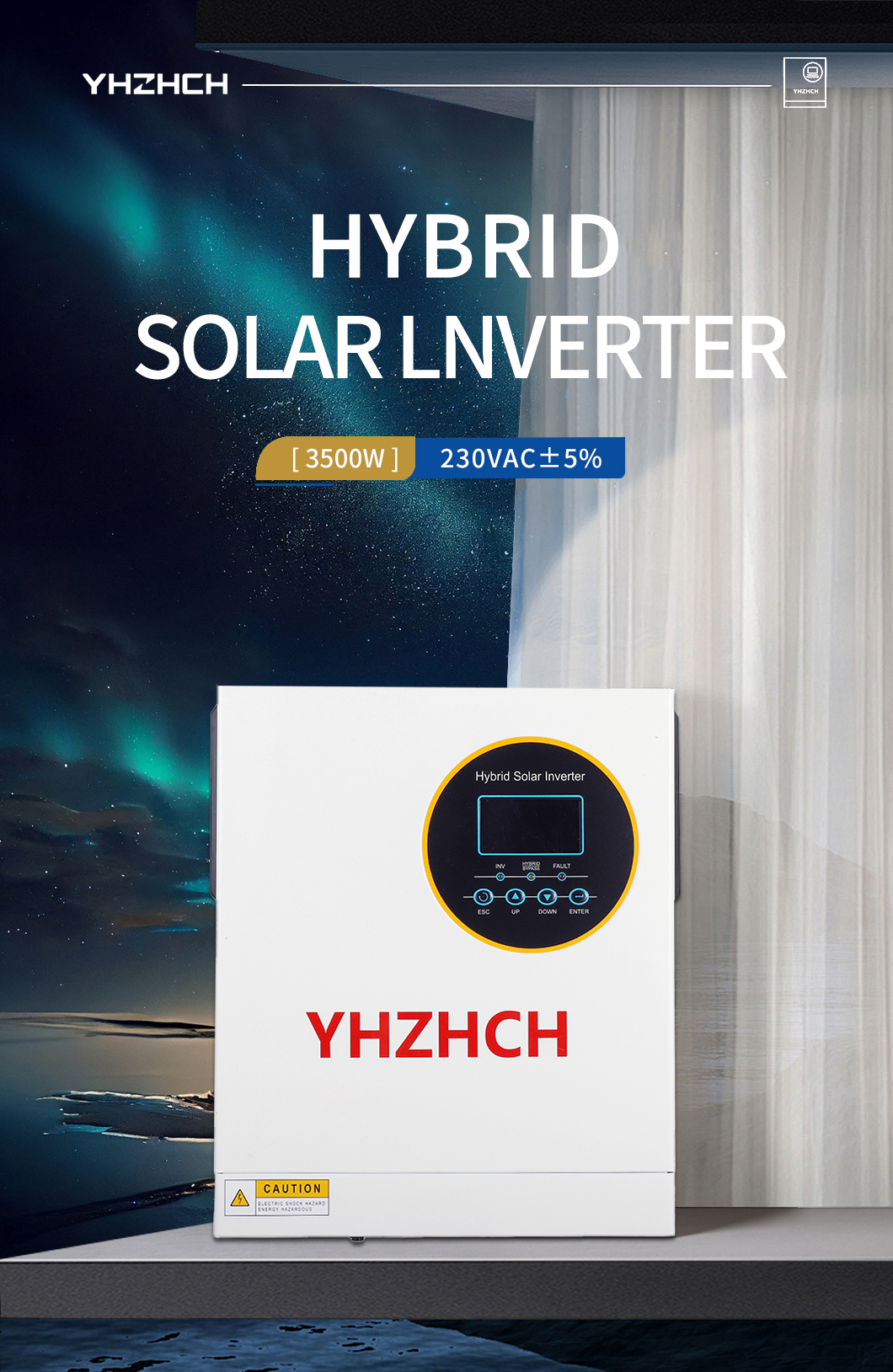The service life of inverters is greatly affected by various factors such as the quality of internal components, usage environment, load conditions, maintenance, etc. The following are specific analysis and suggestions for extending lifespan:
1、 The general service life range of inverters
Type, Service Life, Typical Scenarios
Household low-power inverter (<1000W) 5-10 years for car charging, emergency power supply, and small appliance power supply
Industrial/commercial inverters (1000W-10kW) for 8-15 year solar energy storage systems, communication base stations, medical equipment
High power inverters (>10kW) for 10-20 years, large-scale photovoltaic power plants, data centers, and grid energy storage systems
Note: Industrial grade products from some high-end brands (such as Huawei, Sunac, SMA, etc.) can have a lifespan of over 20 years under ideal conditions.
2、 Key factors affecting the lifespan of inverters
1. Quality of core components
IGBT module: Insulated Gate Bipolar Transistor, which is the "heart" of the inverter. Poor quality IGBTs are prone to damage due to overheating or voltage fluctuations, which can shorten the overall lifespan of the device.
Capacitor/Inductance: The lifespan of electrolytic capacitors is closely related to temperature (the lifespan is halved for every 10 ℃ increase in temperature), and high-quality capacitors can withstand longer charge and discharge cycles.
Heat dissipation design: The reliability of components such as fans and heat sinks directly affects the operating temperature of internal components, and poor heat dissipation can accelerate component aging.

2. Operating environment
Temperature: High temperatures (>40 ℃) can accelerate the aging of electronic components, while low temperatures (<-20 ℃) may cause the electrolyte of capacitors to solidify.
Humidity/Dust: A humid environment can easily cause short circuits, and the accumulation of dust can block the heat dissipation holes, leading to heat dissipation failure (especially attention should be paid to the protection level of outdoor inverters, such as IP65 dust and water resistance).
Grid fluctuations: voltage instability, harmonic interference, etc. can increase the burden on internal components of the inverter and shorten its lifespan.
3. Load and working mode
Overload operation: Long term operation beyond rated power (such as a 1000W inverter with a 1200W load) can cause IGBT overheating and damage.
Frequent start stop: If the photovoltaic inverter frequently switches between "work standby" mode due to insufficient light, it will accelerate the wear of mechanical components such as relays.
4. Maintenance and upkeep
Regular cleaning: Remove dust from fans and heat sinks to avoid poor heat dissipation.
Component testing: Check whether the capacitor is bulging, whether the screws are loose, and replace aging components in a timely manner.
Software update: Some inverters require regular firmware upgrades to optimize performance and extend their actual lifespan.
3、 Common faults and signs of end-of-life
Early failures: abnormal fan noise, unstable output voltage, frequent alarms, often caused by poor component soldering or heat dissipation issues, requiring timely maintenance.
End of life characteristics: significant decrease in efficiency (such as conversion efficiency dropping from 95% to below 85%), difficulty in starting, and extensive aging of internal components (such as capacitor bulges and circuit board carbonization). It is recommended to replace the entire system at this time.
summarize
The lifespan of inverters is not a fixed value, and high-quality products combined with scientific use and maintenance can significantly extend their actual service life.


